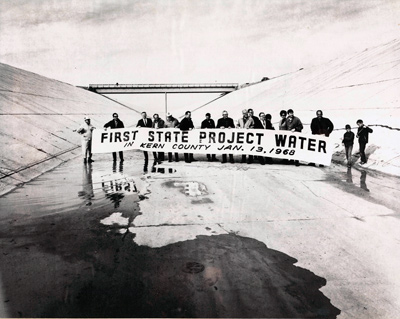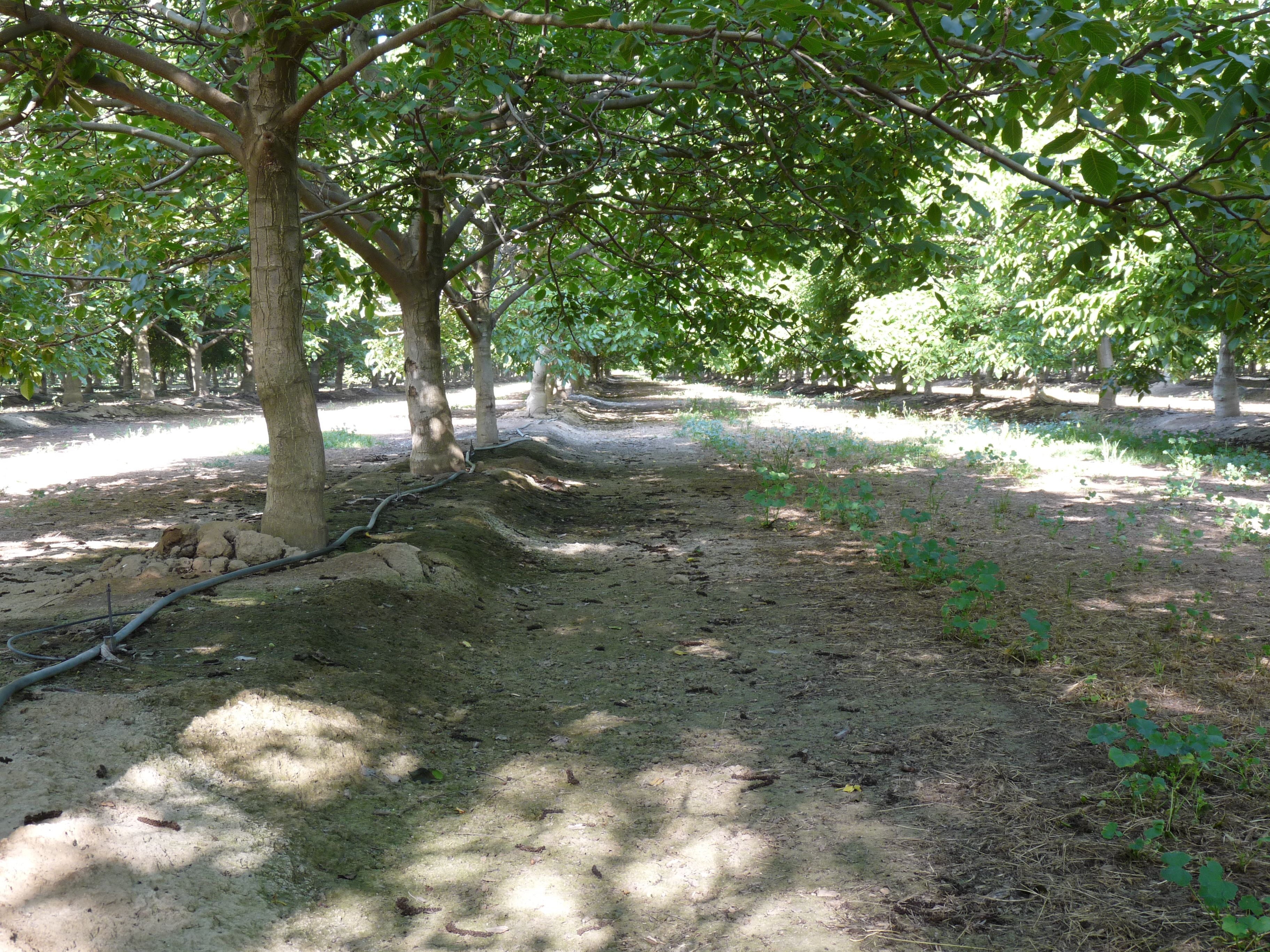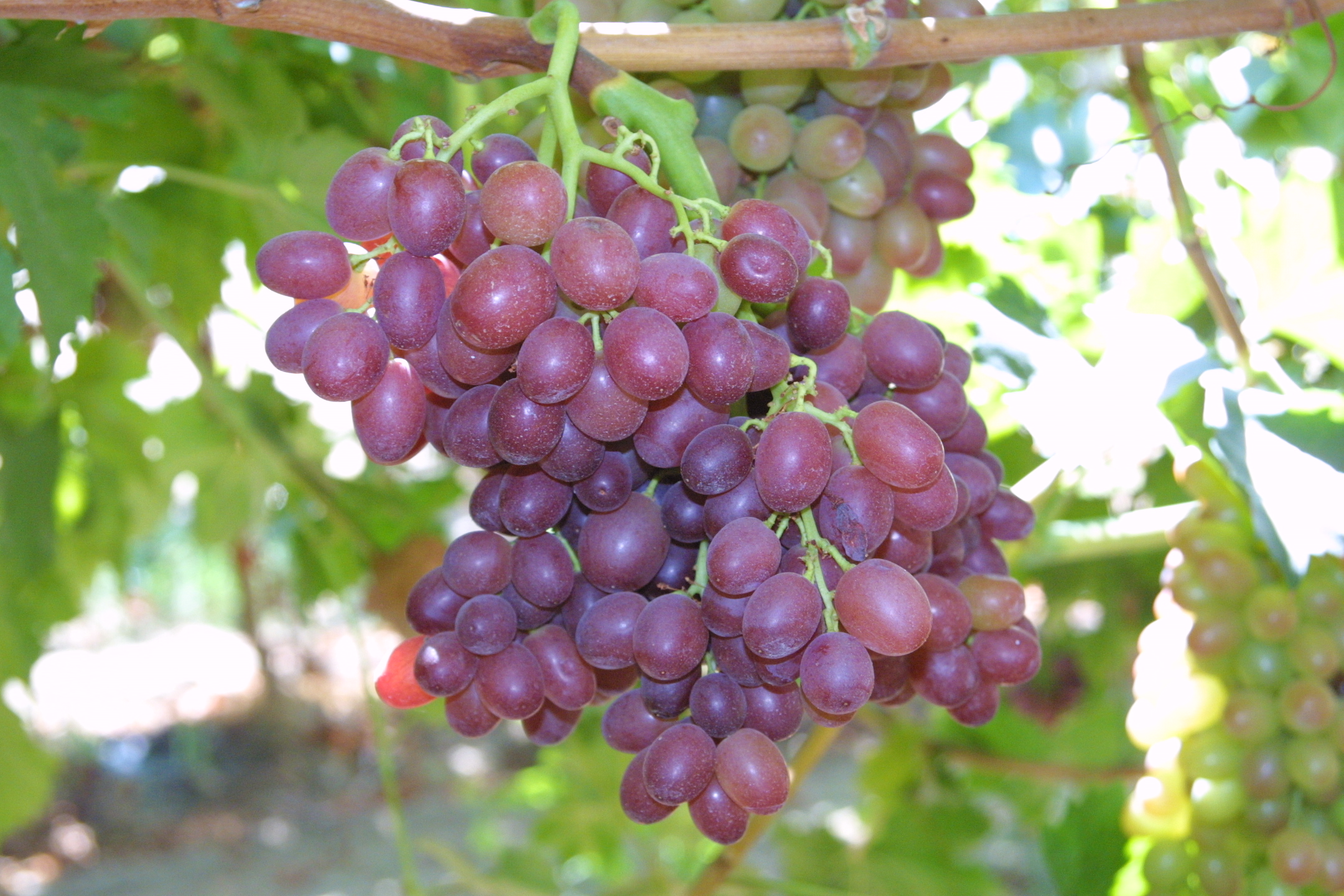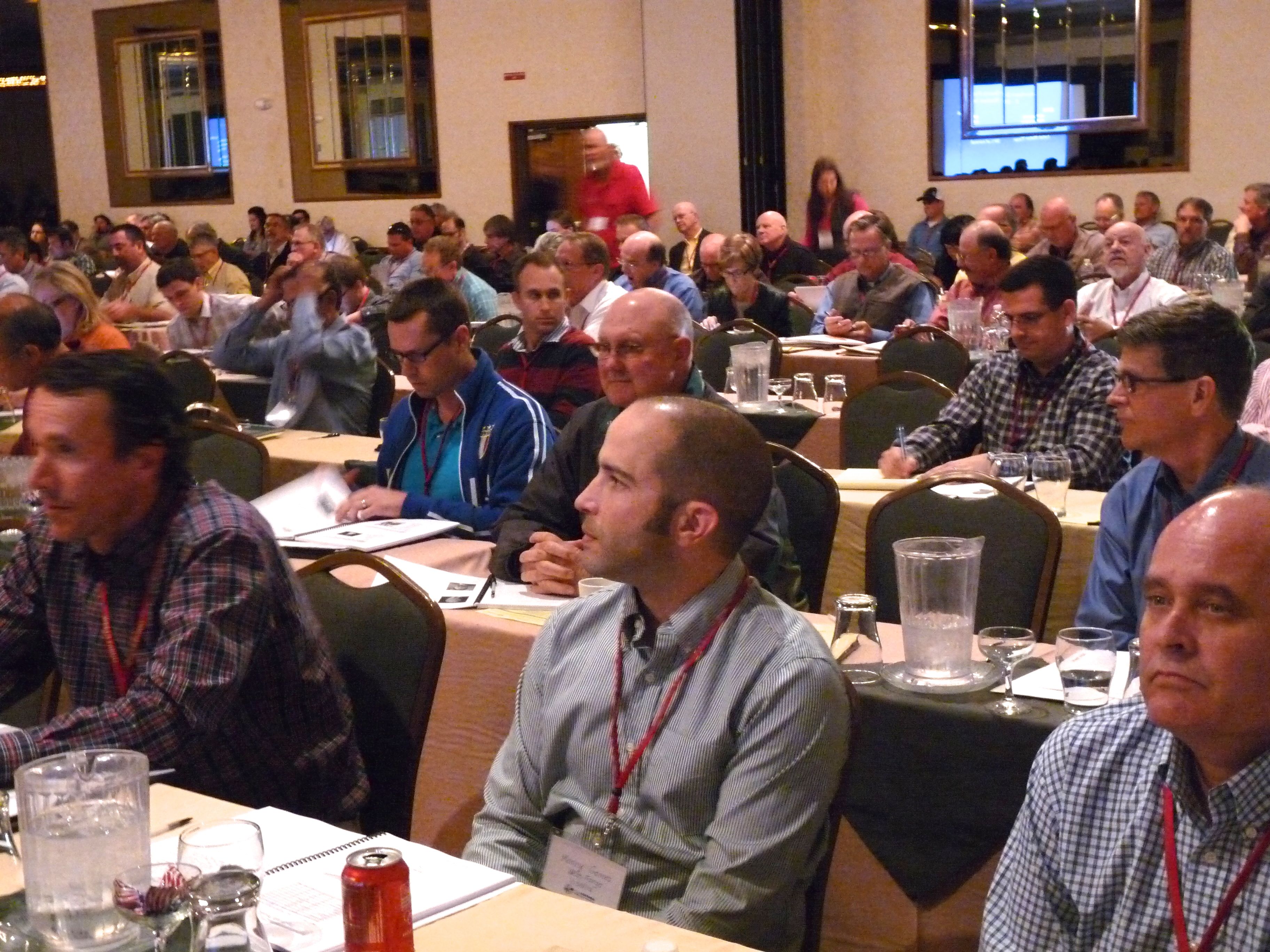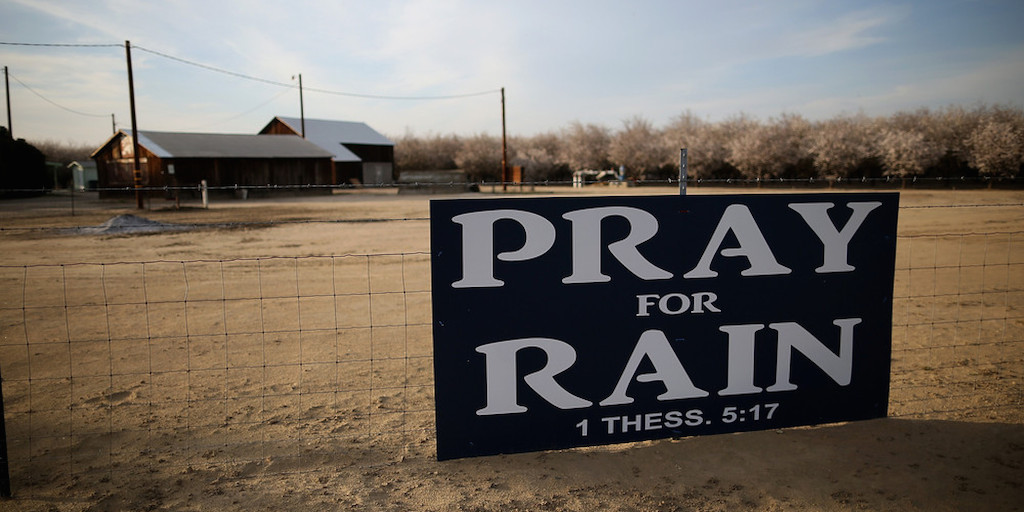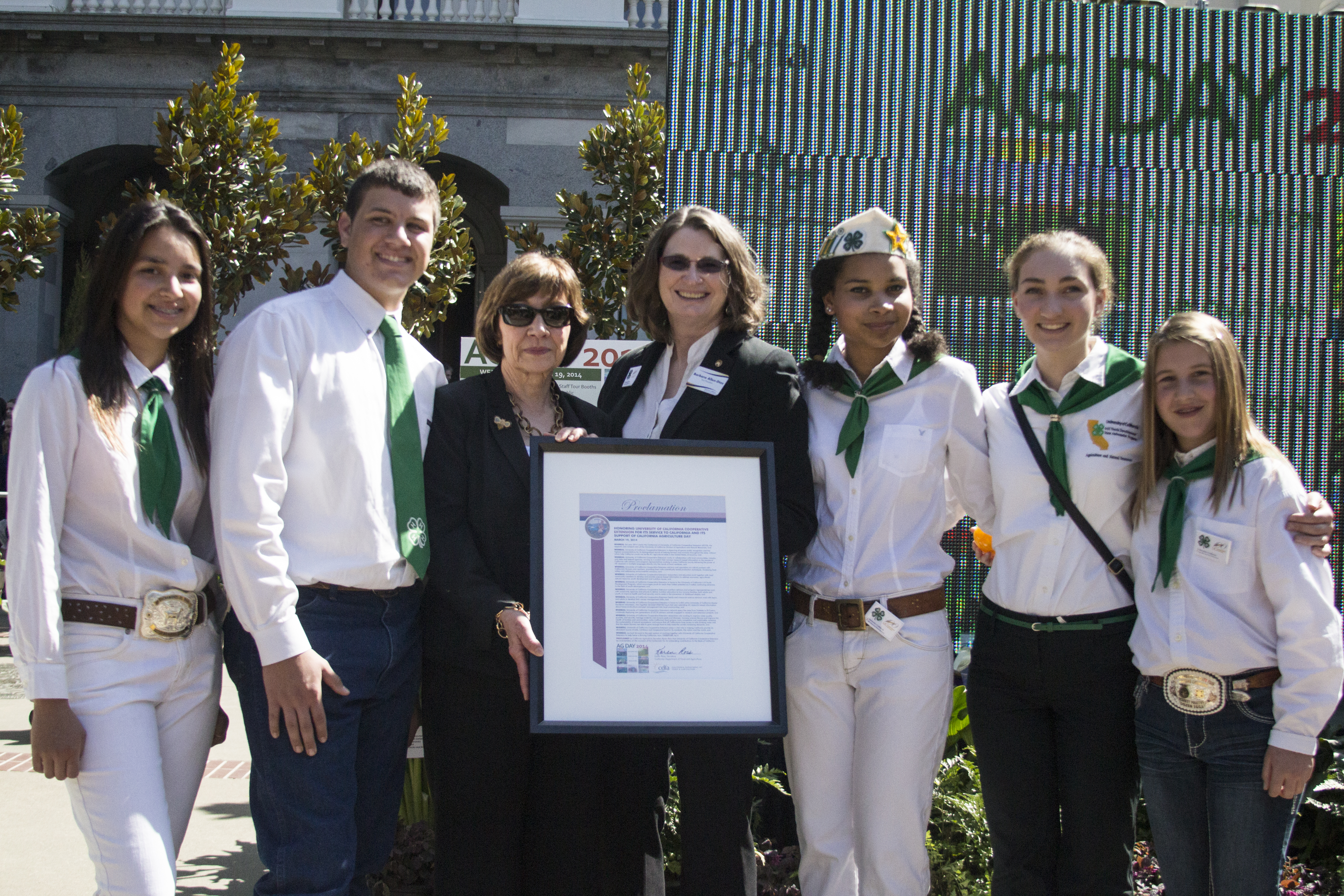Lawmakers Unite and Urge Administration to Capture Water from Storm
Senator Dianne Feinstein and Congressmen Ken Calvert, Jim Costa, Jeff Denham, Kevin McCarthy, Devin Nunes and David Valadao TODAY sent a letter to Interior Secretary Jewell and Commerce Secretary Pritzker calling on their departments to evaluate the operating criteria that govern the Central Valley Project and the State Water Project in order to capture as much water as possible from this week’s storm.
Full text of the letter follows:
March 27, 2014
The Honorable Sally Jewell
Secretary
Department of the Interior
1849 C Street, N.W.
Washington, D.C. 20240
The Honorable Penny Pritzker
Secretary
Department of Commerce
1401 Constitution Ave. N.W.
Washington, D.C. 20230
Dear Secretary Jewell and Secretary Pritzker:
We are writing to urge you to immediately evaluate the operating criteria that govern the Central Valley Project (CVP) and the State Water Project (SWP) so that actions can be taken as soon as possible to capture the maximum amount of water from this week’s storm in California.
We begin by contrasting two different circumstances under the drought:
Extremely Low Water Allocations to Agriculture
- An unprecedented zero percent allocation for SWP water contractors
- Zero percent allocation for CVP agricultural water service and Friant Division contractors
- A historically-low 40 percent allocation for senior water rights holders (Settlement and Exchange contractors)
- 500,000 acres of farmlands to be fallowed
- 100,000 head of cattle expected to be lost
- At least 10 communities potentially running out of water soon without relief action
Minimal Endangered Fish Incidental Take
Adult Delta smelt – 0 out of 155 allowed
Juvenile Delta smelt – 0 out of 1,007 allowed
Winter Run Salmon – 276 out of 24,237 allowed (1.1%)
Spring Run Salmon – 0 taken based on various levels of concern
Steelhead – 148 out of 3,000 allowed (4.9%)
These numbers show that existing protections for endangered fish are more than adequate. On the other hand, our constituents’ farms and communities are facing potential devastation. From our view, it is apparent that there is a significant imbalance of regulatory burdens.
Let us be clear: A disaster of great magnitude has been unfolding in our communities, and will continue to worsen with each passing day if relief is not provided.
Ever since the State’s drought declaration on January 17, 2014, there have only been two major storms in California. With much of the rain season behind us, California has received only about 50 percent of normal precipitation. The principal reservoirs for the CVP and SWP – Shasta and Lake Oroville – and San Luis Reservoir in the South Delta are still below 50 percent of capacity, and the snowpack is less than 25 percent of normal.
Farms and communities north and south of the Delta are suffering from the drought’s severe effects. Besides lost or fallowed acreage and damage to livestock, highly valuable trees and vines are being cut down. The socioeconomic impacts – such as unemployment – will be disastrous.
According to the National Weather Service, two storm systems will be passing through California this week. The central and northern Sierras expect to see more than two inches of rain; higher elevations could receive four to six inches. The San Joaquin Valley could receive between 0.25 to 0.75 inches of rain. The far northern reaches of the State could see up to 5 inches of rain. The Sierras can also expect between 3 to 16 inches of snow depending on location and elevation.
Based on historical weather patterns, these storms could be our last chance this year to receive, capture, and move a sizable amount of water to those farms and communities that desperately need it for public health and safety and for their livelihoods that are under severe threat.
Biological opinions issued by your Departments regulate the amount of water that can be exported from the Sacramento-San Joaquin Delta in order to protect endangered fish. However, based on the data we cited above, there is clearly no imminent threat to any of the key protected fish species that is attributable to water pumping operations.
We understand that your Departments have to consider other factors, such as salinity levels in the Delta and the need for pulse flows. Still, this latest data strongly suggest that there is significant leeway for the Bureau of Reclamation, the U.S. Fish and Wildlife Service, and the National Marine Fisheries Service to alter current water operations to benefit water users without risking jeopardy to protected species.
This latest rainstorm is occurring as we speak. You have authority under the law and, we assert, the obligation, to immediately take advantage of the rare, and likely the last, opportunity this year to capture and move water to bring relief to millions of Californians, and to mitigate the large-scale drought disaster that has struck our State. We urge you in the strongest terms to take action without delay.
Thank you for your urgent attention to this very important matter.
Sincerely,
Dianne Feinstein, U.S. Senator
Ken Calvert, U.S. Representative
Jim Costa, U.S. Representative
Jeff Denham, U.S. Representative
Kevin McCarthy, U.S. Representative
Devin Nunes, U.S. Representative
David Valadao, U.S. Representative
###

